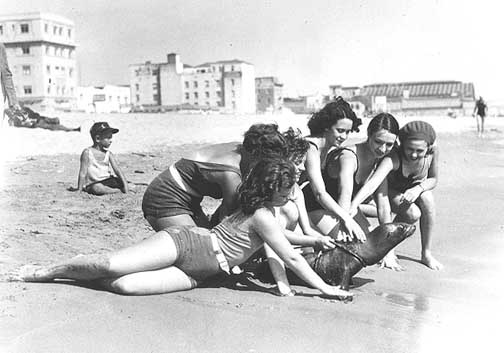Jacob (1761), the son of Thomas and Magdalena Adams, caught the eye of Maria, the
daughter of John and Mary Elizabeth Storm. They married in the chapel at
Conewago, PA. Perhaps inspired by his father’s copious grain crops, Jacob became a
distiller. His parents must have given
Jacob a firm moral grounding; in later life he disinherited a son for failing
“to fulfill an obligation”.
Together
Jacob and Maria raised 11 children.
Their
daughter Maria (born 1785) married one John Conrad, whom I always assumed was
another Englishman. Boy, was I wrong. His father John Kunrat claimed direct
descent from a German king and had been born in the contentious region of
Alsace-Lorraine, then located in the north-east of France. Germany on its
northern boarder, Switzerland to the south, with the Rhine River meandering
along its eastern boundary, its rich alluvial plains boast vineyards while its
up slopes are sprinkled with monasteries and castles. Its natives are neither
French nor German, but something in between: Alsatian.
Mr.
Kunrat immigrated to good old Frederick, Maryland, where his son John was born
in 1778. The family joined in the northwestern drift to Pennsylvania and some
of them are still there.
John Conrad seems
to have struggled financially. He was primarily a farmer, but occasionally
worked as a cabinetmaker, and even did a stint in a relative’s cobbler’s shop. His
brother Baltzer was well-known in the area as a master carpenter. His family
appears in obscure publications: Conewago
Chapel Founding Families, Catholic Trails West (vol.II) and a little tome called Valley of the Pines by D.J. Byrne. Obviously this branch of the family had
re-espoused Catholicism.
 |
|
Maria died
a few days after giving birth to her eleventh child, in Conewago, PA at the
ripe old age of 38. So John piled his surviving family and household goods into
a heavy Conestoga wagon and plodded up the Old Kittanning Indian Trail west
to Loretto, PA. He mourned Maria for a few years, but had a quiver full of
motherless children to worry about. In 1827, when he was 49, he married 27-year
old Catherine Adelsburger. She bravely assumed responsibility for John’s 10
children (little Polly, referred to as “an invalid,” had died at the age of 12)
and dutifully churned out three babies of her own in five years.
The
marriage proved to be brief. This notice
appeared in a local newspaper on 5 April 1832. Died: on Friday last, John Conrad, a respectable citizen of the
vicinity of Loretto, aged about 60 years. Mr. Conrad’s death was occasioned by
an injury received in rolling logs a few days before.
There is
a family tradition that John grew impatient waiting for his grandsons to stack
the logs, and decided to do it himself. The “young whippersnappers” involved
doubtlessly felt guilty for the rest of their lives. It’s always something. Anyway, the younger children of John and Maria were now
technically orphans, and there were all sorts of legal hearings about appointing
guardians for them.
Now our
family story gets a little, well, peculiar.
Loretto was a very small frontier town, and everyone knew everyone. And our penniless,
bereft Catherine certainly knew a widower with five young children named
Michael Fitzgibbons, a Limerick-born immigrant who had made his way to Loretto.
She married him as quickly as decency allowed (1833) and popped out her first
little Fitzgibbons nine months later. This was a daughter named Eleanor Ellen
after Michael’s dead first wife. Two more children followed, and one of them,
John (named after her dead first husband) chose to ditch the “Fitz” and just be
“Gibbons”. Having shown due respect to the Dearly Departeds, Catherine named
her last child Michael after his (then living) father.
Catherine
and Michael had a long life together, and when he died she erected a fine big
cross over him, inscribed In Memorium
[sic] of/Michael
Fitzgibbons/died/Jan.25,1862/in the 77th year of/his life. She
followed him to the grave a few years later.
















